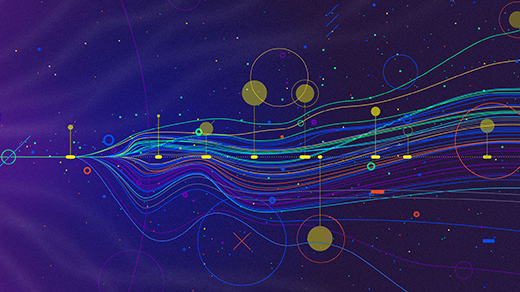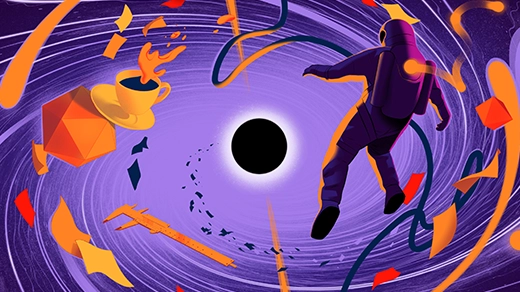Latest Articles
Science, Promise and Peril in the Age of AI
An exploration of how artificial intelligence is changing what it means to do science and math, and what it means to be a scientist.
The Unraveling of Space-Time
This special issue of Quanta Magazine explores the ultimate scientific quest: the search for the fundamental nature of reality.


